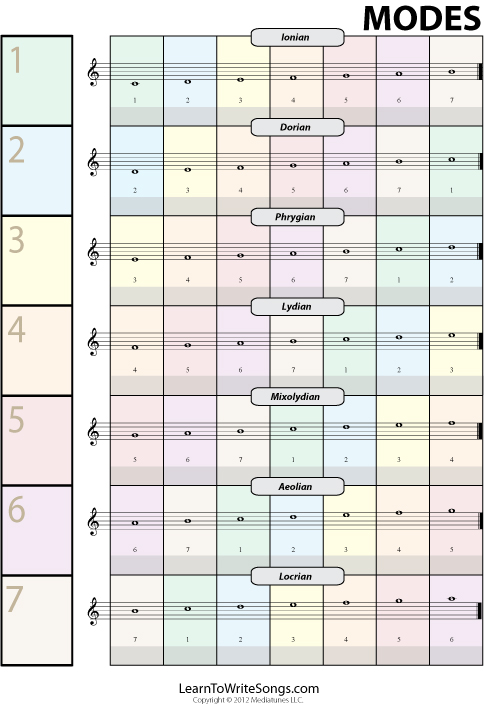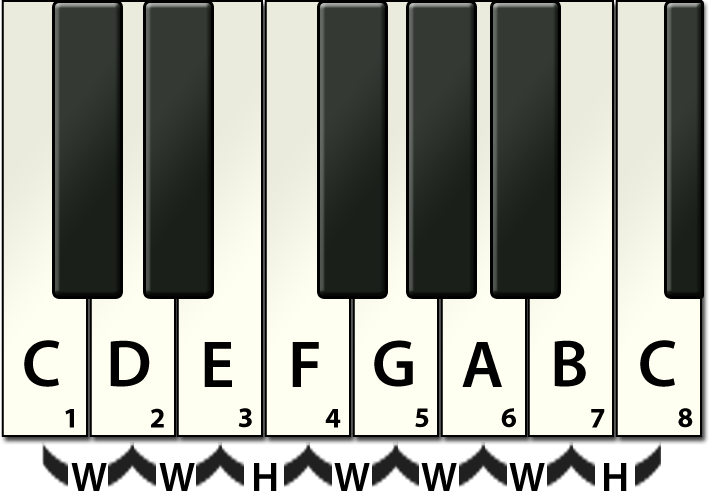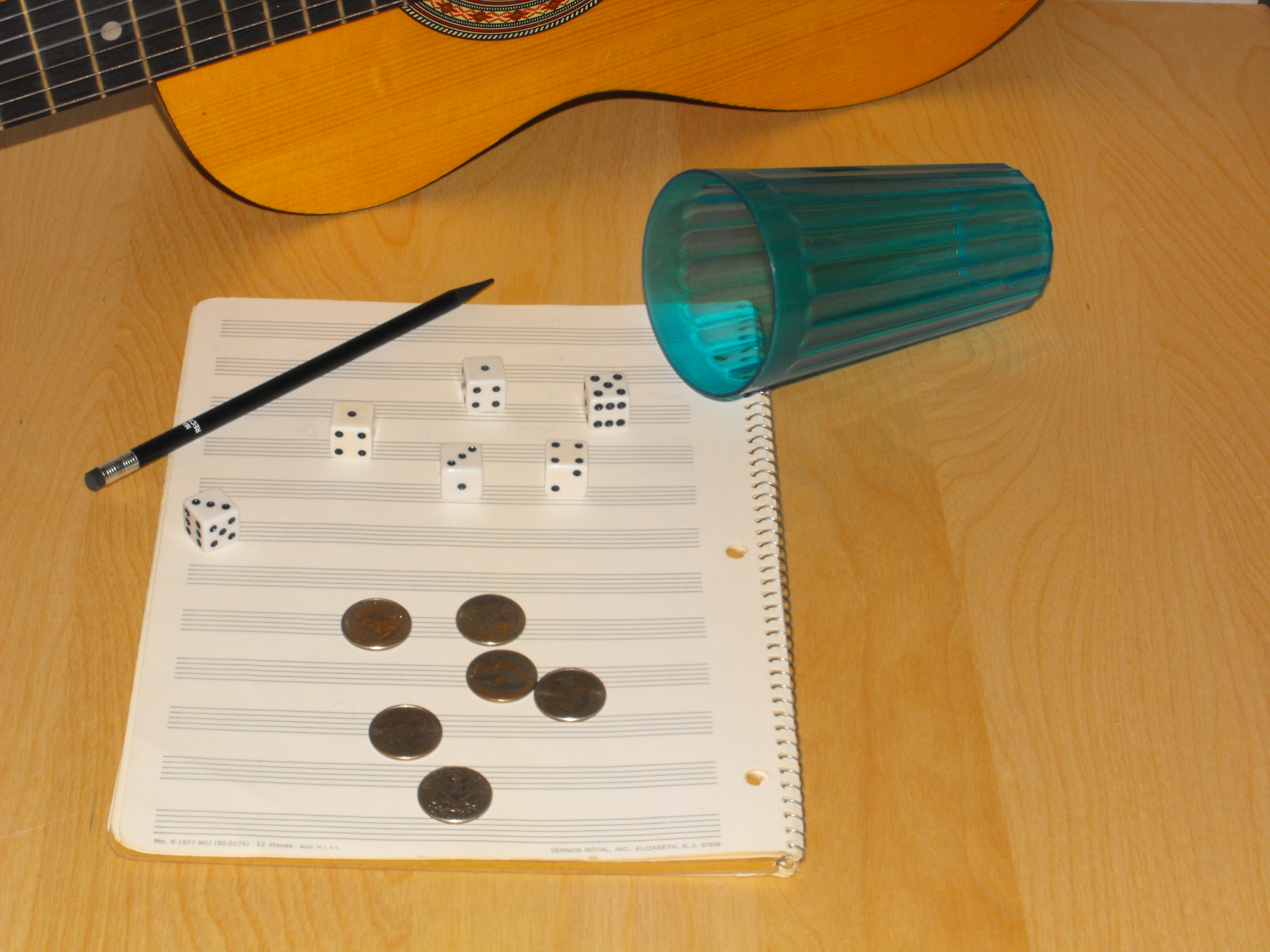Best Substitutes for Minor Pentatonic Scale


Be it guitar players, keyboard players, or any other instrumentalists – playing lead sections always comes with its challenges. And that’s especially the case if you’re either improvising or writing your own solos. These days, it seems as if everything has been tried. And knowing how much the minor pentatonic scale has been (ab)used, it gets harder to come up with something that sounds original. Of course, you can always use the same old licks and maybe rearrange a few things here and there. However, if you’re really planning on sounding unique and “reinventing” your approach to soloing, here are a few great substitutes for minor pentatonic.
Dorian #4
Just one note can make a world of difference between two scales. But this one takes the Dorian mode into a whole new territory, only by altering one note. Instead of the regular plain old 4th interval, this scale completely avoids it and raises it up for a half step. You don’t only have a tritone (augmented 4th) in this scale, but also one-and-a-half step difference between third and fourth degrees. This particular trait gives it a very “exotic” feel and it’s really easy to implement in almost any setting where a minor pentatonic scale would usually fit. It goes something like this:
- 1 – 2 – b3 – #4 – 5 – 6 – b7
Dorian-Blues hybrid
Another modification of the Dorian mode, here we have a “hybrid” between the regular Dorian scale and a blues scale. Technically, you can create this scale by taking the Dorian mode and adding the diminished 5th, or augmented 4th, interval to the mix gives it a really jazzy feel. Even if you’re playing hard rock or metal music, you can use this one instead of the minor pentatonic and completely change your approach to writing lead sections. It looks like this:
- 1 – 2 – b3 – 4 – b5 – 5 – 6 – b7
Phrygian Mode
Another alternative to the minor pentatonic scale is the Phrygian mode. This one is built by starting on the third degree of a natural major scale. Or, an easier approach – just take the natural minor and lower the second interval by a half step. And it’s exactly this minor second interval between the first two degrees that makes it sound unique, in combination with the semitone between fifth and sixth degrees. It’s like a natural minor scale with a more Eastern-sounding vibe and a darker twist. However, you should be careful with it as it doesn’t often fit every chord progression where a minor scale would usually work. It’s a bit tricky, but it’s still a fun one to use. When altering the major scale, it goes like this:
- 1 – b2 – b3 – 4 – 5 – b6 – b7
Melodic Minor
Although a bit of a tricky one, the melodic minor scale, also known as the “jazz minor scale,” can bring a completely new life to your music. It sounds completely jazzy and can even find its way into metal music if you get a hang of it. You can make it by simply lowering the major third to a minor third interval of a natural major scale. So it looks like this:
- 1 – 2 – b3 – 4 – 5 – 6 – 7
It won’t be an easy one, but when you figure it out, it opens up a new world of possibilities.
It’s Important to Experiment
In case you’re a complete beginner, we’d recommend that you first start with some simpler songs, that are usually recommended for beginners, and then try to implement one of these scales in there. It might feel weird at first, even somewhat forced or “unnatural,” but it will make more sense as time goes by. And it’s always important to experiment, to implement these scales in a new way and just find new unexpected ways of how you can put them into context. It takes some time, but it’s not impossible to make it all sound natural.
Charles Martin. I’m a musician and founder of Musiicz.com. This website has been created with early career musician in mind and I strive to offer useful guides, learning tips to help people who want to learn a musical instrument and play music on their own.






Leave a Reply